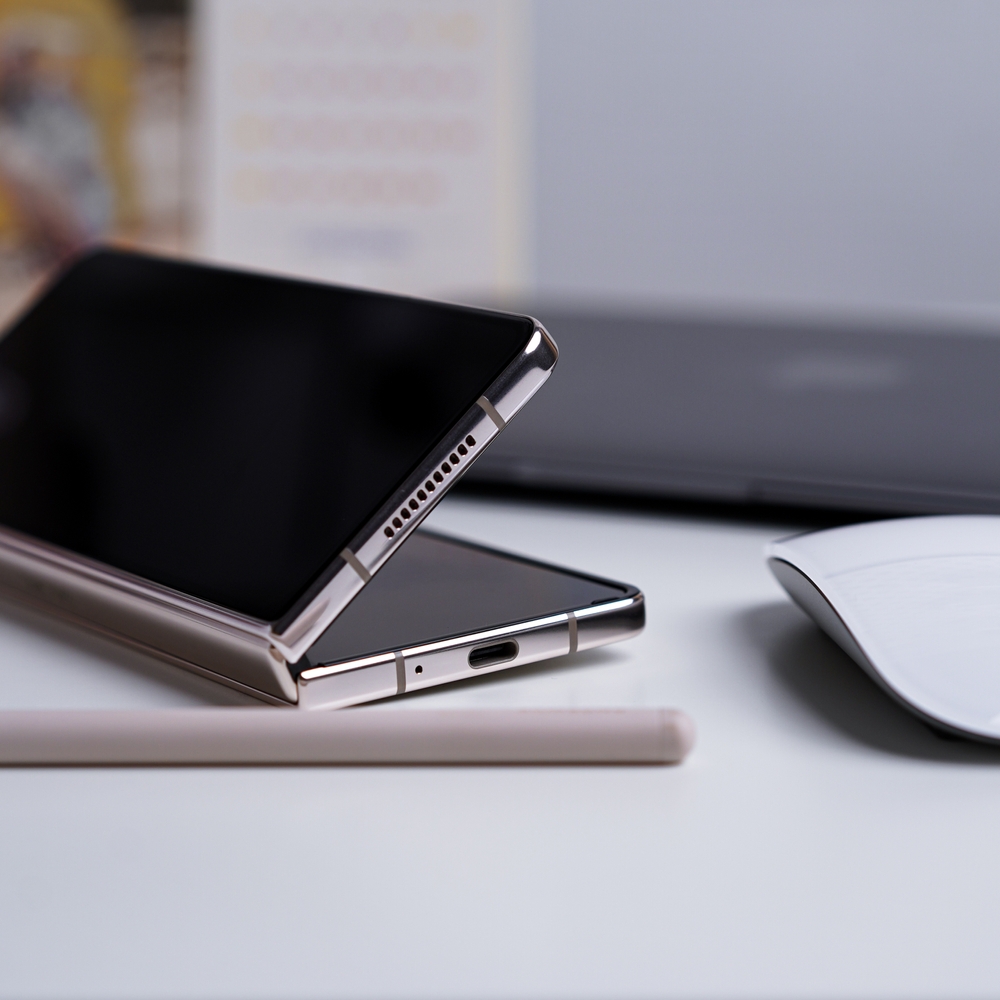Unfolding the Mystery of Foldable Technology
Foldable technology is consistently making the headlines, with smartphone giants releasing their takes on the concept. But how did we arrive at this juncture in tech evolution? What is the current state of foldable tech, and how are manufacturers dealing with the challenges to bring it to the masses? Let's unpack this intriguing technology and see what the future holds.

A Brief History of Foldable Tech
The concept of foldable technology isn’t a fresh idea. In fact, it has been a part of science fiction and concept designs for decades. The first real glimpse into foldable tech came in 2008 when the Readius, a foldable e-reader, was showcased. However, it never reached the commercial market.
The leap from concept to reality took a significant turn in 2019 when Samsung unveiled the Galaxy Fold. The device, despite its initial hiccups, marked the beginning of the foldable tech era. Since then, several manufacturers, including Huawei and Motorola, have released their own versions of foldable smartphones.
Current State of Foldable Tech
Despite early setbacks, the foldable tech market has shown a remarkable resilience. Samsung’s subsequent iterations, the Galaxy Z Flip and Z Fold 2, have shown significant improvements in durability and user experience.
While smartphones have been the primary focus, manufacturers are exploring foldable tech across a range of devices. Microsoft introduced the Surface Duo, a dual-screen device, while Lenovo unveiled the ThinkPad X1 Fold, the world’s first foldable PC.
Challenges and Solutions
While intriguing, foldable tech still faces significant challenges. The primary issue revolves around durability, as the folding mechanism and flexible display can degrade over time.
Manufacturers have responded with innovative solutions. Samsung introduced a new ‘Ultra-Thin Glass’ (UTG) in the Galaxy Z Flip, offering a more durable, scratch-resistant surface. Meanwhile, Motorola uses a stainless steel frame and a zero-gap hinge to protect its foldable device when shut.
Foldable Tech: A Look at the Price and Market Impact
Foldable technology is currently a premium segment, with devices typically priced above $1,000. The high cost is a result of the complex manufacturing process and the use of innovative materials.
Despite the high prices, the foldable tech market is growing. According to a report by MarketsandMarkets, the foldable display market could reach $18.1 billion by 2025, up from $6.8 billion in 2020. This growth is fueled by the increasing demand for smartphones and the potential for foldable tech in other consumer electronics.
The Future of Foldable Tech
Looking ahead, foldable tech is set to become more prevalent. Companies like Apple are reportedly working on their own versions of foldable devices, indicating a wider adoption in the future.
Manufacturers are also exploring other form factors, including rollable and stretchable displays. Ultimately, the goal is to provide users with more flexible, portable, and multi-functional devices.
In conclusion, foldable technology is an exciting frontier in the world of consumer electronics. Despite the challenges, the potential it holds is enormous. As manufacturers continue to innovate and improve on durability and affordability, foldable tech may soon become a staple in our digital lives.




